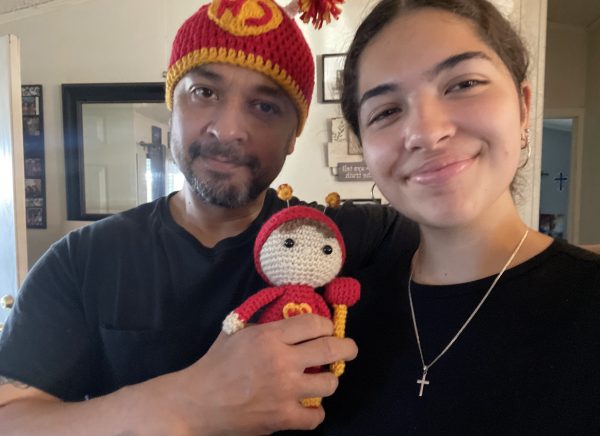The History of Pride
June is an important month for me and many others. Not only because it is the month I will officially graduate from high school and be freed from the U.S. schooling system (until college), but also because it is a time to celebrate LGBT+ individuals, such as myself. Pride Month is a time for people who aren’t straight or cisgender to find joy in their identities and bring attention to the struggles of LGBT+ people as they push for equal rights. But Pride Month celebrates more than LGBT+ people, it also commemorates the Stonewall Uprising of 1969, a turning point in LGBT+ history.
The Stonewall Uprising of 1969 was the retaliation of LGBT+ protesters against police brutality. Back then, homosexuality was criminalized and looked down upon by society, so gay bars were often refused liquor licenses, giving police a reason to raid these establishments and harass LGBT+ people. An establishment that suffered from regular police force abuse was the Stonewall Inn, a gay bar owned by the mafia. The frequent police raids eventually lead LGBT+ activists to retaliate and protest against the injustices LGBT+ people face under the police and government. The Stonewall Uprising lasted several days but its effect on LGBT+ activism and history lives on to this day.
A year later, the first pride march was held to honor the Stonewall Uprising in remembrance of this historical event. After several decades, Pride Month has grown exponentially, becoming something that thousands of people celebrate. Even though big corporations use Pride month as a way to profit off of the LGBT+ community. The fact that they are doing so shows that it is more beneficial to cater to the LGBT+ than to bigots, which is a win. There’s still a long way to go for gaining equal rights and opportunities for LGBT+ people but events like Pride Month show us how far we have come to get the lives that we deserve.



